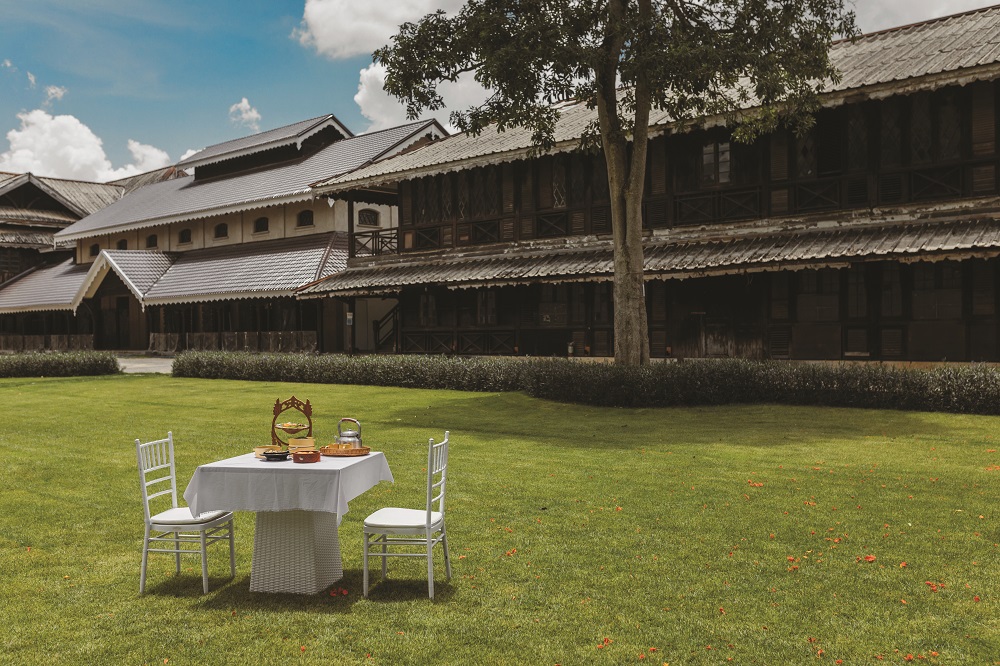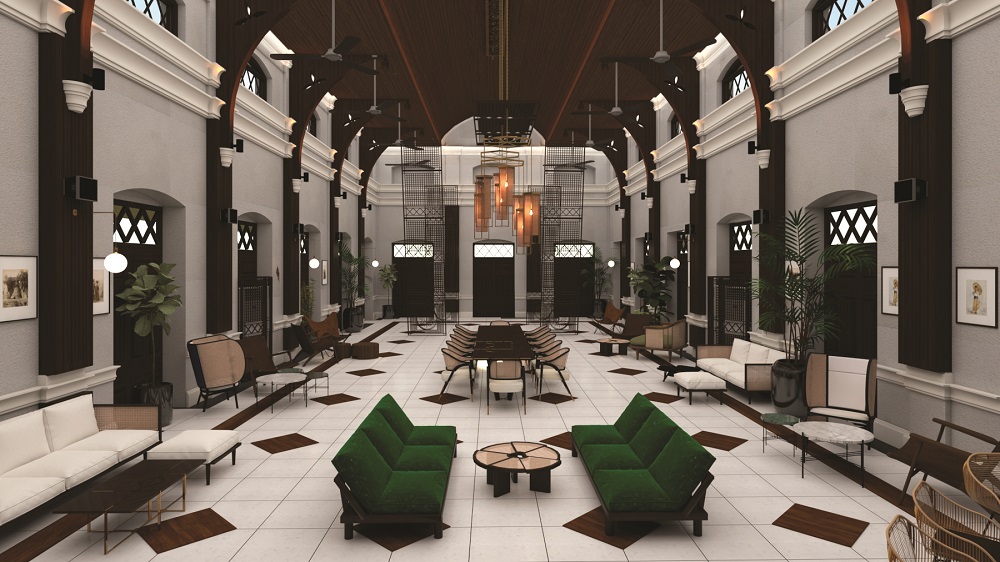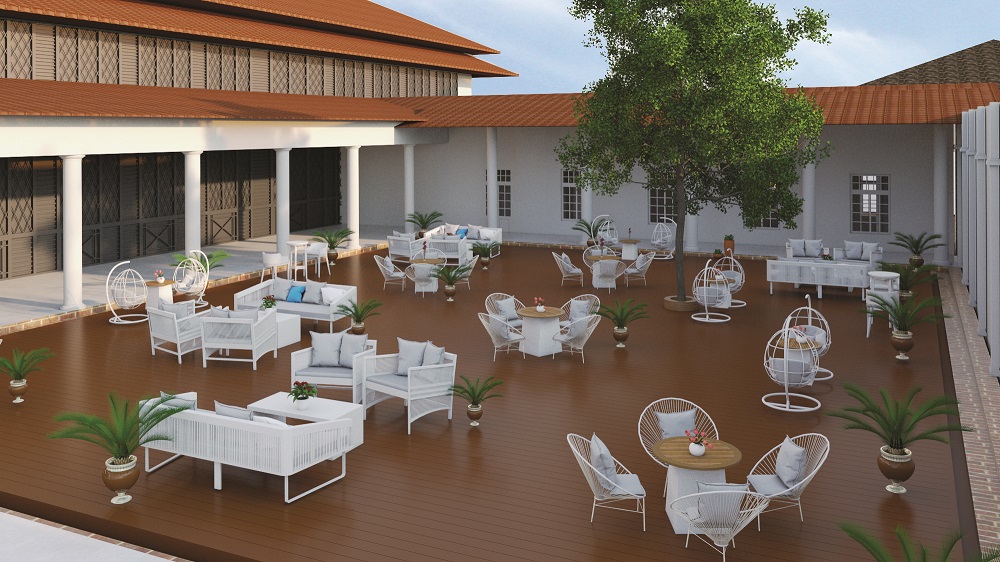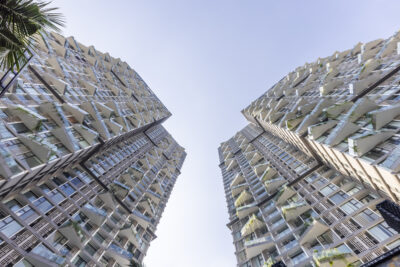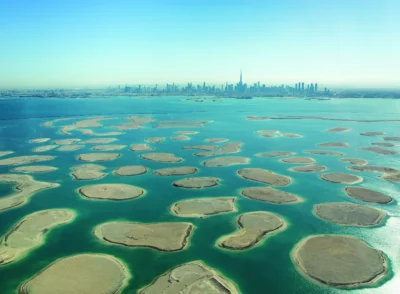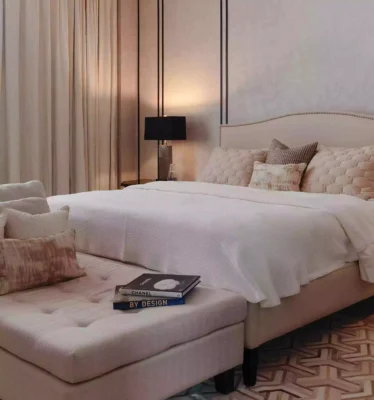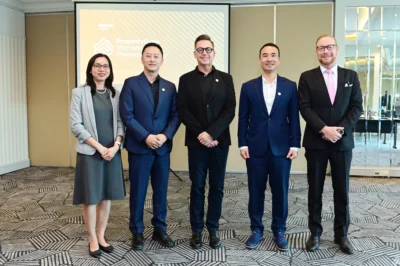The birthplace of the Pegu Club cocktail opens its doors once more
Raise a glass to The Pegu Club, reinvented after decades of disrepair and abandonment
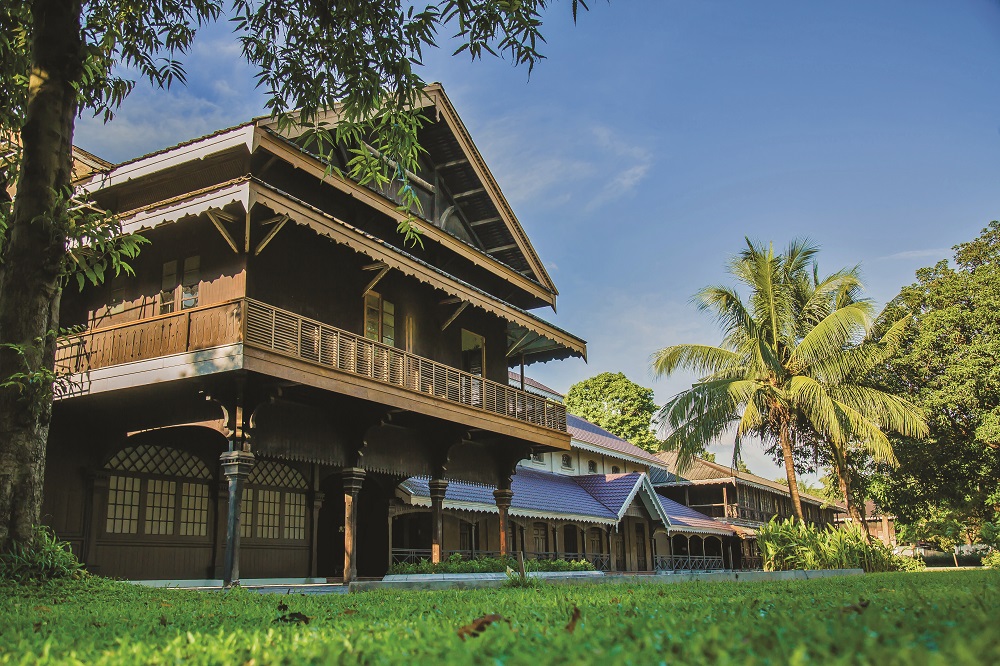
Part dry gin, part bitters, part lime juice, part orange Curaçao—The Pegu Club is a mixologist’s favourite. Imbibed from London to New York City, the concoction, mentioned at length in Harry Craddock’s seminal 1930 tome The Savoy Cocktail, traces its origins to Southeast Asia.
Its namesake as well as birthplace is a gentlemen’s club in Yangon, née Rangoon, the capital of colonial-era Burma (now Myanmar).
Ironically, given its masculine-focused history, it has fallen on women to rescue the derelict heritage property: the sister act of Harriet Kyaw Thaung and Deborah Kyaw Thaung, executive directors of KT Club Development Project Co., Ltd.
The fastidious revival of The Pegu Club won the company a gong for Best Renovated Property at last year’s PropertyGuru Myanmar Property Awards. Opening to the public for the first time in five decades, the 27,900-square-metre property was launched in December as a compound of indoor and outdoor event spaces that can be rented for corporate and private functions.
More: Meet the American architect changing China’s cities
Chronicled in writing by Rudyard Kipling, the club gathered powerful British colonists during its heyday, even hosting Edward VIII as a guest. It holds childhood memories for Harriet. “I’d always be at my father’s office, which was located on the second storey of a building in Pansodan Street,” she recounts.
“I remember the huge windows overlooking the bustling street below, the wooden floors and the rickety stairs leading up to the office. I love the stunning architecture and the stories the building holds.”
KT Group was awarded the rights to redevelop the property, built in 1871, in partnership with the military-run conglomerate Myanmar Economic Corporation. The project, which has the approval of the Myanmar Investment Commission, has a reported development price tag of USD100 million.
“I never thought I would have the opportunity to be working on its restoration and reintroduction to Yangon,” Harriet says.
Harriet and Deborah enlisted The Beaumont Partnership, a Thai architecture firm, to formulate a detailed conservation management plan for the property. The Yangon Heritage Trust, a team of heritage preservationists, made sure to protect the integrity of the club’s defining features during the planning process.
For years, the team surveyed and navigated the site like a “treasure map”, sometimes bringing areas reclaimed by nature out of hiding. During a walk through the overgrown grounds, the architects discovered two squash courts under the fallen trees. Another time, they found a white marble and teak floor under the parquet, which led to a successful hunt in Myanmar for the source material.
“Stepping in was such an experience. The building and its stories had a way of making visitors feel like that they were being transported back in time to the 19th century,” says Harriet.
The reopened club is a grand exercise in adaptive reuse. Multiple delicate decisions were made as to which building sections should be partially restored, replaced, or reconstructed altogether.
“The purpose of restoration was to keep the essence and original intent of the building, which meant that similar substitutes or look-alike materials had to be used if repairs or replacements demanded it,” says Harriet.
The Pegu Club buildings are known for their lavish use of exotic hardwood, but much of the teak features only required touch-ups rather than replacements. Several buildings in the club retained many of the original teak walls and columns.
Missing window glass panes and metal frames were recurring issues, on the other hand. The panes on the façade of the club were replaced according to their original styles: a mixture of Georgian and Elizabethan windows. The team utilised materials faithful to the original building, which required tonnes of teak, lime plaster, and glass.
KT Group enlisted not only local contractors, carpenters, and masonry workers but also those skilled in the building techniques mastered by builders of the original club. One of the club’s three indoor event spaces, the Prince of Wales Great Hall, was brought back to life using the original lime plaster technique from the 1920s. The hall’s high, diamond-shaped Elizabethan windows, along with the solid teak doors and hinges, were all restored.
It’s easy to fall in love with old buildings and get intrigued by the mystery that lies behind the walls. You can let your imagination run wild by reliving the stories of the past. But you need to balance this reverence with your ideas for the future
The Pegu Club is firmly grounded in the here and now though, with modern audio-visual equipment installed in all seven event spaces. The building circuitry was updated, of course, as were the lighting fixtures and utility systems.
“I would say the entire process of restoration is challenging from the beginning,” says Harriet. “It’s easy to fall in love with old buildings and get intrigued by the mystery that lies behind the walls. You can let your imagination run wild by reliving the stories of the past. But you need to balance this reverence with your ideas for the future. Restoring the past, while ensuring you create something beautiful, and practical, for future use where a lot of the challenge lies.”
The reopening of The Pegu Club squares with a trend for well-intentioned conservation projects in Yangon. Singapore-based sustainable design firm Pomeroy Studio, for example, has taken it upon itself to recapitulate the glory days of The Secretariat, one of the largest colonial buildings in the region. “These buildings are very much part of Yangon’s urban and visual landscape that sets the city’s downtown scene apart from any other city in the world,” says Harriet.
As Yangonites, she relates, “I believe we have a duty to protect and preserve, treating these old buildings with respect and awe, while at the same time, bringing in professionals with the right expertise and understanding of the nature and spirit of the buildings to assist in restoring in a caring, yet practical manner.”
As of 2017, around 160 historic buildings in the city had been slated for preservation, according to the Yangon Heritage Trust. Trust members have coordinated with the Yangon regional government to install markers and plaques on the city’s crumbling but important edifices. “We believe each building’s stories and meaning to Myanmar should be preserved for the knowledge and wisdom of future generations,” says Harriet.
The renovation of The Pegu Club will soon enter its second phase, this time with a focus on hospitality offerings. For now, Harriet looks forward to decanting The Pegu Club cocktail in its birthplace. The drink has been served at the original Pegu Club bar, faithfully restored for the project.
“We have had our mixologist recreate it in the days leading up to the launch, and we thought it a very appropriate and refreshing drink for the warm, humid climate of Yangon,” Harriet proudly says. With the venue restored to something like its former pomp, it seems certain that anyone with an interest in repurposing Yangon’s glorious architectural past for use in the future will say cheers to that sentiment.
This article originally appeared in Issue No. 152 of PropertyGuru Property Report Magazine
Recommended
Dewan Architects’ Mohammed Adib leads with human-centred design and technological innovation in the Middle East and beyond
Mohammed Adib channels his childhood curiosity and dislike for design uniformity into his work at Dewan Architects + Engineers
UAE real estate shifts focus to sustainability and quality, revitalising iconic projects
The UAE has risen from its challenges to emerge as a more sustainable, quality-focused destination
Exploring A Life By Design’s maximalist approach to interior design
Andrea Savage is embracing the maximalist trend with bold and vibrant interior designs
Jakarta’s emerging innovation hub integrates tech and healthcare sectors
The Digital Hub in BSD City is being positioned as Indonesia’s counterpart to Silicon Valley

